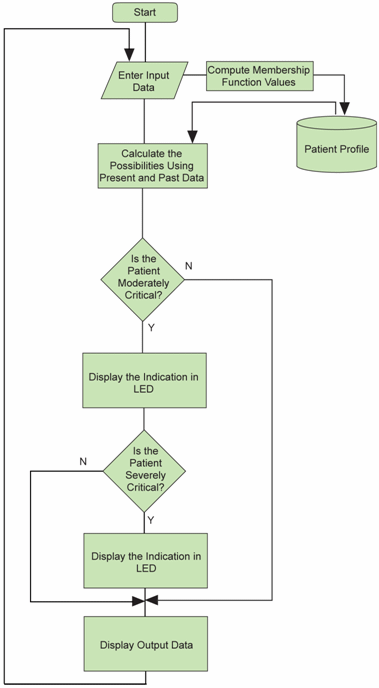Библиотека
Тематическая статья №6
FPGA-based diagnostic equipment for use in rural communities
Nirmal Kari
http://www.dspdesignline.com
Abstract
Doctors rely on medical journals and databases, clinical studies, and their colleagues when diagnosing a patient's medical condition. But when these resources are in short supply, such as in rural communities in developing countries, the few physicians available would especially benefit from affordable electronic diagnostic equipment.
Programmable semiconductors called field programmable gate arrays (FPGAs) are an ideal underlying technology for such equipment. Because they can be reprogrammed as design requirements change and can be used as systems on a chip, FPGAs require a lower overall expenditure than their ASIC prototyping counterparts. Furthermore, incorporating an embedded processor into the FPGA-based design overcomes various design issues. This article examines the implementation of an FPGA with an embedded processor in an electronic patient diagnostic system that uses a pipelined smart processing unit to predict the patient's future physiological condition.
Introduction
Urban life in developed countries is marked by an array of modern conveniences, not the least of which is access to quality healthcare. In rural communities within developing countries, however, it's often a luxury to have a local doctor. In India, for example, most of the population lives in rural areas, though 75 percent of qualified consulting doctors are in urban areas and 23 percent in semi-urban areas. As a result, the patient-doctor ratio in rural India is a staggering 10,000 to 1. This disparity makes managing chronic medical conditions in rural populations all the more challenging.
Imagine if a rural patient had access to a diagnostic tool that could predict and alert her of an imminent health issue. She or her local healthcare worker could then proactively contact her doctor – who might be hundreds of miles away – for direction on more specialized or urgent care. The doctor, in turn, would have tool for remotely monitoring faraway patients, while also being able to log their medical histories. Even if the doctor is located within a rural community, the beleaguered physician could use a diagnostic tool to more closely monitor those with more serious medical conditions.
A student team from Jadavpur University in Calcutta, India, has developed a prototype of a diagnostic system that predicts a patient's physiological state based on that patient's past physiological data. Designed as a system on a programmable chip (SoPC), the prototype is based on an FPGA, an embedded soft-core processor, a pipelined data processing architecture, and fuzzy logic. Easy to operate and power-efficient, this is a diagnostic tool that could potentially provide a vital bridge to communities with a scarcity of available medical care.
Fuzzy logic generates clear picture of patient condition
Consuming as little as 60 mW of power, the diagnostic system is ideal for rural healthcare centers where power sources are limited. It is also easy to operate, with its push-button system and LED screen. A healthcare practitioner creates a patient profile by inputting the patient's health parameters into the system. Based on this data, which is fuzzified, as well as a health diagnostics knowledge base, an algorithm infers a diagnosis. A doctor at another location reviews the information in the system and confirms or denies the diagnosis. The system performs analyses at regular intervals and, using fuzzy logic, its inference engine predicts the patient's future states of being. This last step shows how the diagnostic system provides alerts to any deterioration in the patient's health status.
By fuzzifying patient data, the system turns periodically captured patient data into likelihoods that the pathophysiological parameter for that patient is high, low, or moderate when compared to a reference value set. Linguistic rather than ordinary variables represent a patient's physiological parameters. This approach allows fuzzy logic to be applied to create an analytical model that determines the normalcy of the patient's parameters compared to ranges and tolerance limits established by the World Health Organization.
By inference it is possible to determine whether the patient's condition is normal, nearing a critical state, or in a severe critical state. The system applies inference to consider the diagnostic algorithm's next possible state output at different points in time. Based on this result, the system defuzzifies the patient data and signals an alert via an LED in the event that the patient's condition approaches a critical state.
